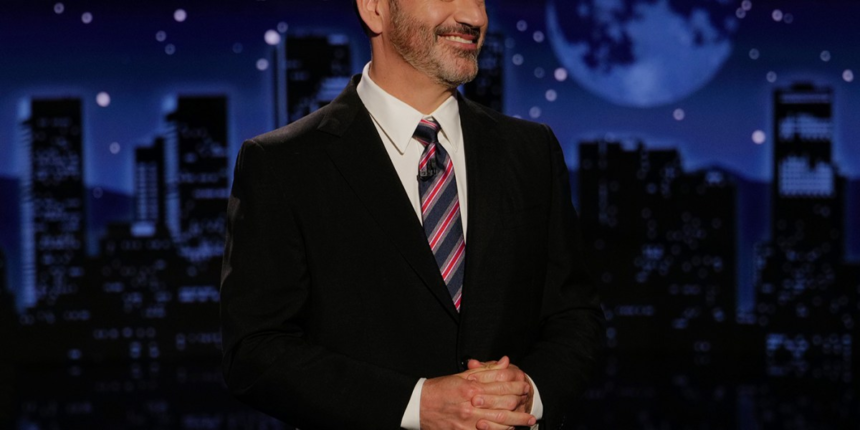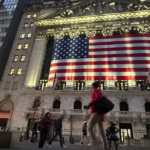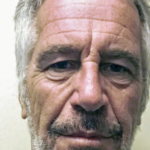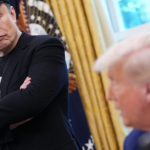Beginning Friday night, Jimmy Kimmel Live! will return to air on the ABC affiliates, which had preempted the show last week over remarks he made about Charlie Kirk’s assassination.
It cited “feedback from viewers, advertisers, and community leaders representing a wide range of perspectives.”
Sinclair had previously vowed not to put Kimmel back on air unless meetings were held with ABC to discuss the network’s “commitmentment to professionalism and accountability.”
“Blackouts like this often highlight the strength of digital platforms,” Natalie Andreas, a communications professor at the University of Texas, told Fortune.
Instead of limiting reach, blackouts push viewers toward spaces like YouTube where content spreads faster, lingers longer, and attracts new audiences who may not have tuned in live, she said.
Susan Keith, a professor in the Rutgers School of Communication and Information, told Fortune the blackouts can push viewers to seek—and easily find—Kimmel on their digital cable packages or YouTube if local stations didn’t air the show.
“There’s this idea of public interest, necessity and convenience that over-the-air broadcast media were supposed to fulfill,” she said. “So if we all move to streaming services for content because (of) incidents like this one,” it trains viewers to seek media this way.
“I think this is an open question,” Keith said. “I think we don’t really know what to think about the ultimate usefulness of the FCC.”









